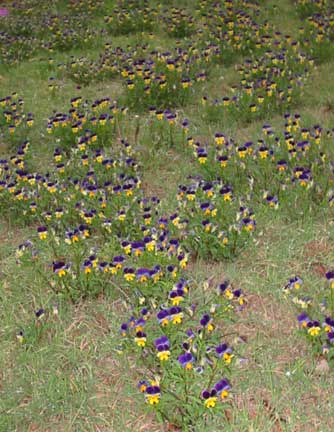Correction
Not the fine web-log of the same name, but making a correction to a slight spelling error. Probably too late to go through and correct the spelling in all the entries where I mention this item, so this entry will have to do:
The brand-name of the journal I've mentioned several times is Moleskine. That final "e" makes a BIG difference, especially when you're searching through the Google wilderness.
The journal is made in Italy, which kinda explains why Real Live Preacher would tell me it's pronounced "Mol-eh-skeen-eh".
This information does put my mind at ease. I've been having nightwares in which crazed Italians were out skinning moles for these journals ....
Not the fine web-log of the same name, but making a correction to a slight spelling error. Probably too late to go through and correct the spelling in all the entries where I mention this item, so this entry will have to do:
The brand-name of the journal I've mentioned several times is Moleskine. That final "e" makes a BIG difference, especially when you're searching through the Google wilderness.
The journal is made in Italy, which kinda explains why Real Live Preacher would tell me it's pronounced "Mol-eh-skeen-eh".
This information does put my mind at ease. I've been having nightwares in which crazed Italians were out skinning moles for these journals ....








